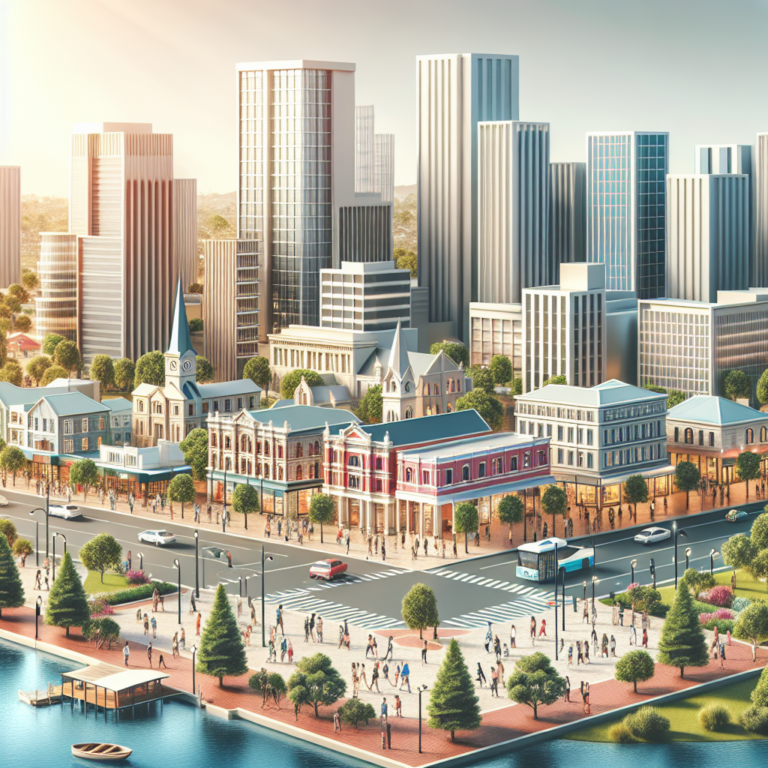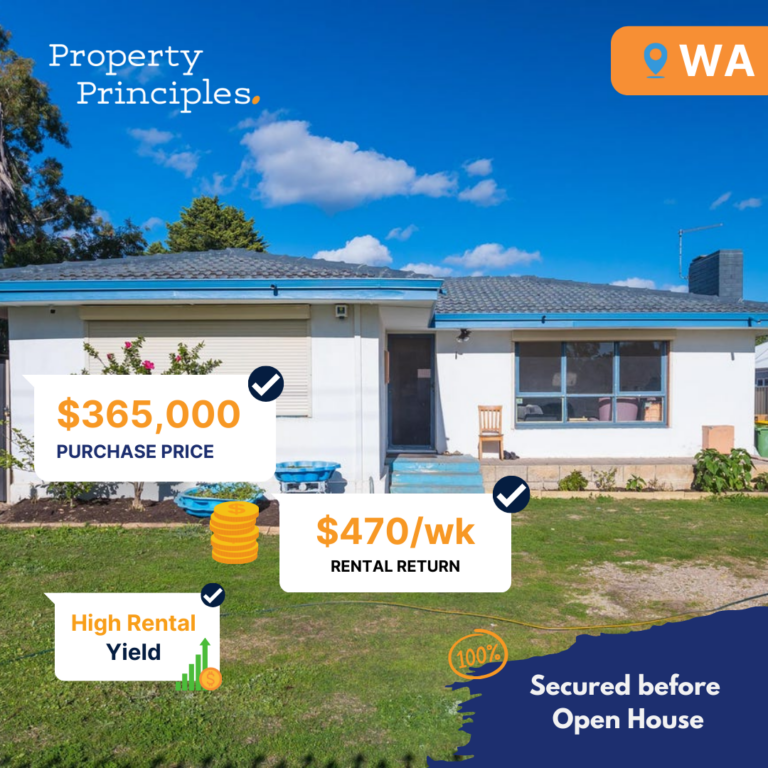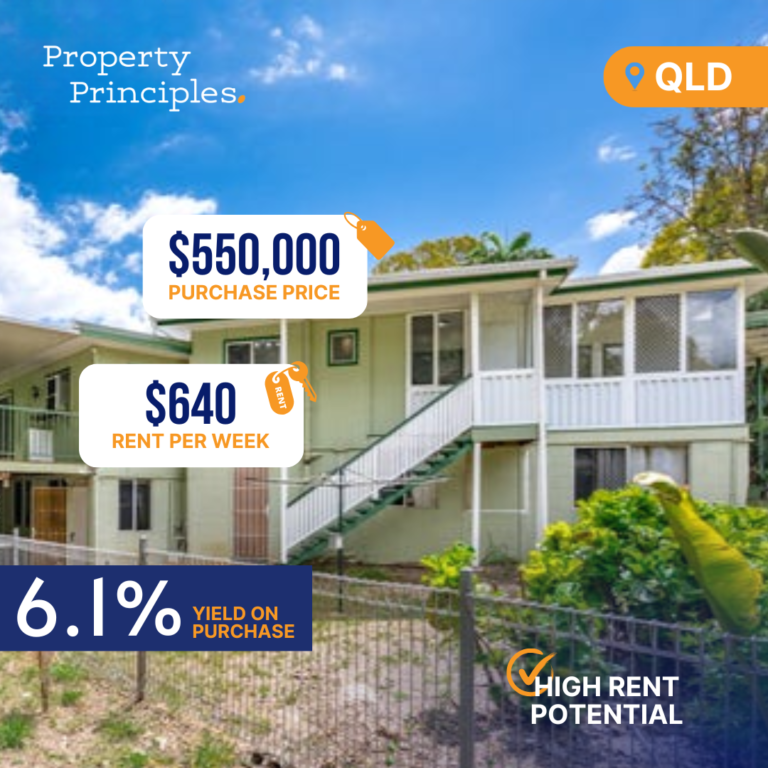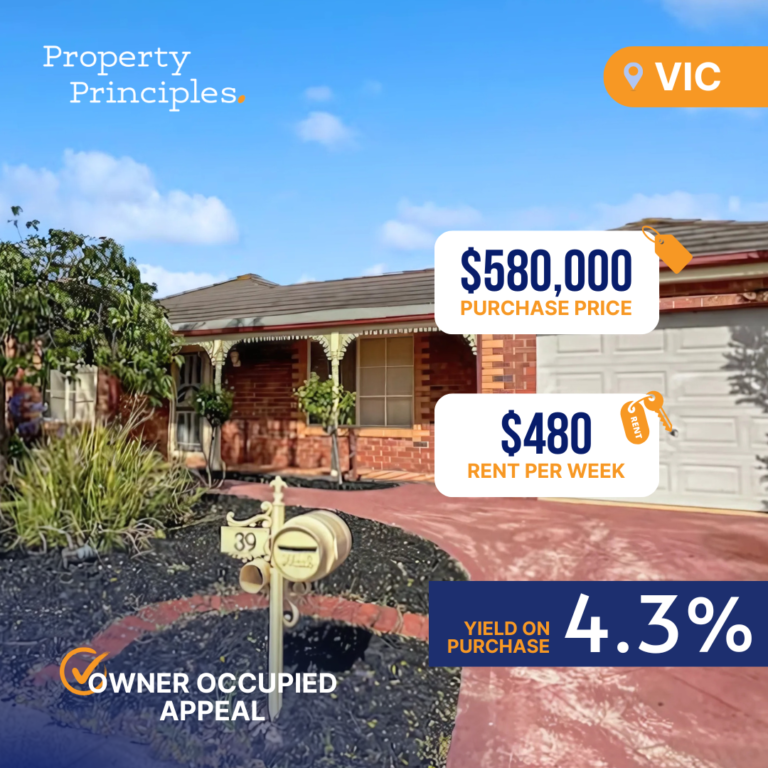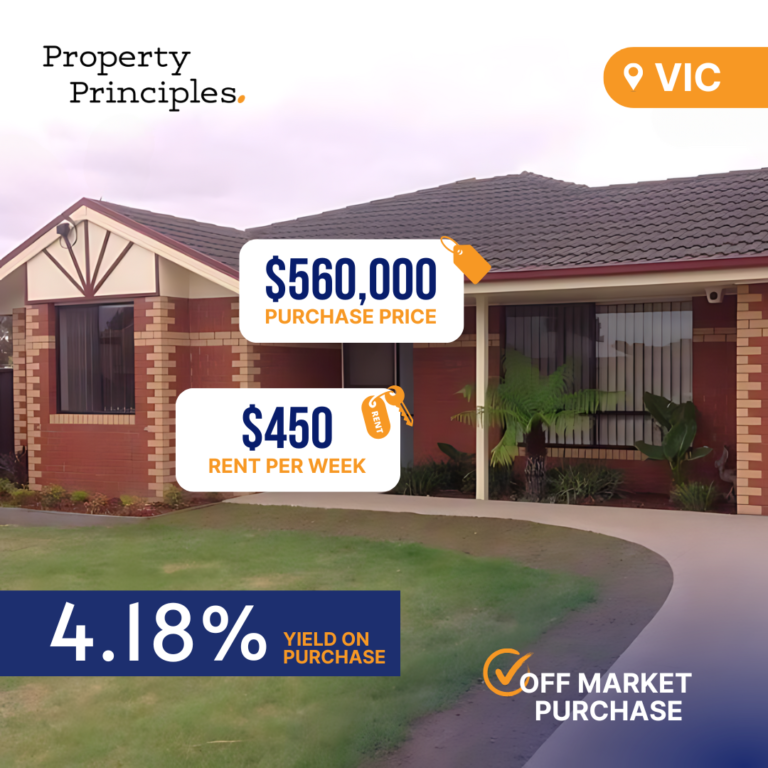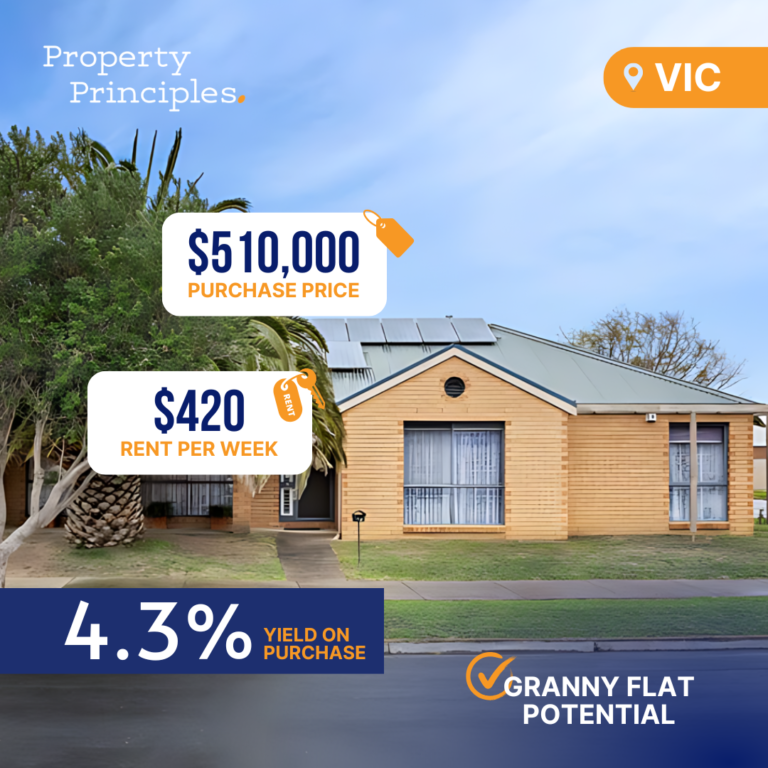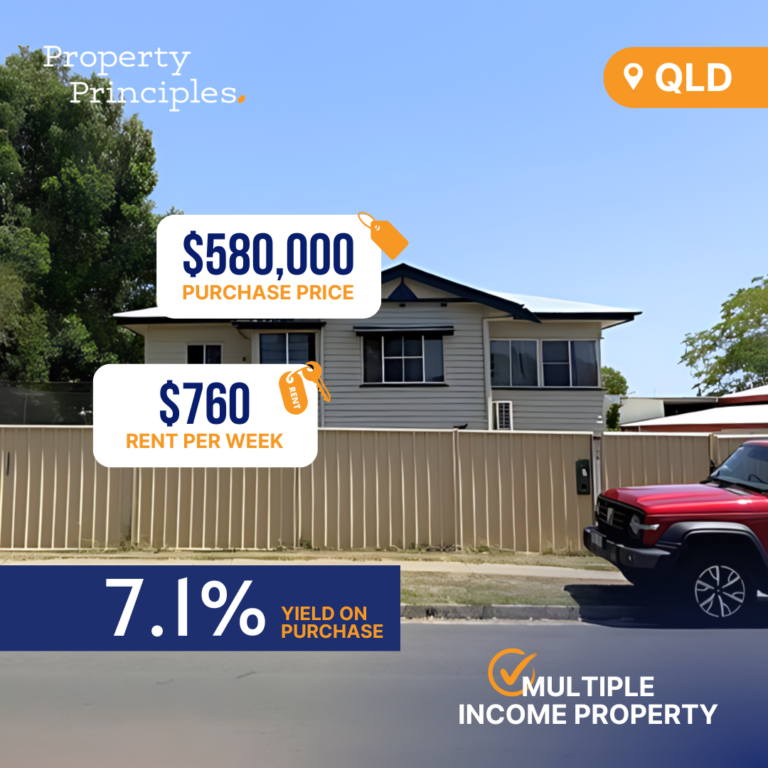Over the past few months, we’ve seen a concerning trend emerge in the Australian housing market – an increase in homelessness along with dwindling vacancy rates. Experts are warning of a significant rise in the number of people without a home, as factors such as rapid population growth and a decrease in new dwelling completions compared to 2022 come into play. With three separate data providers reporting record low vacancy rates across Australia, it’s time to take a closer look at this issue and what it could mean for the nation.
CoreLogic’s recent housing market report revealed that rental vacancy rates are tracking at just 1.0% across combined capital cities and 1.2% across combined regions – approximately one-third of the decade average. Similarly, PropTrack’s latest rental vacancy report posted a record low national vacancy rate of 1.06%. All markets are suffering from extreme tightness, with SQM Research’s latest data showing a national rental vacancy rate of 1.1%. Even the five major capitals are facing a severe shortage of available rental properties.
With the Australian population expanding at an annual rate of around 650,000 people (according to net overseas arrivals data), pressure on the national rental market is only increasing. This growth highlights the mismatch between population expansion and the development of new dwellings, with only about 175,000 new properties being completed in the past 12 months. This has led to the rental market becoming increasingly tight, with more people than ever seeking housing solutions.
As a result, many are turning towards group housing or facing homelessness. Flatmates.com.au has reported record numbers of Australians opting for group housing, while there has been a sharp rise in homelessness as well. National Shelter revealed this worrying trend, showing that more people are unable to secure housing within their budget, leaving them with limited options.
This situation is not sustainable. Not only is it fuelling an inequality crisis, but it’s also contributing to the already rampant inflation. With dwelling construction constrained and immigration rates reaching all-time highs, we’re witnessing a perfect storm – soaring rents, a lack of housing available, and more people paying the price.
So, what can be done to address this national issue? One solution would be to explore ways to increase dwelling construction rates and streamline approval processes for new developments. This would help to provide more housing options for the rapidly growing population. Additionally, policymakers should consider revisiting immigration policies and finding a balance between attracting skilled workers and preventing overcrowding in the rental market.
Moreover, collaboration between government bodies, non-profit organisations, and community support networks could help alleviate the stress on the housing sector. Implementing long-term strategies that prioritise affordable housing and cater to the needs of a diverse population will be crucial.
The current situation in the Australian housing market is a clear call for action, and it’s time to address the problem head-on. By acknowledging the factors contributing to the increase in homelessness and tight rental market, we can work towards creating a future where all Australians have a safe and stable place to call home.

